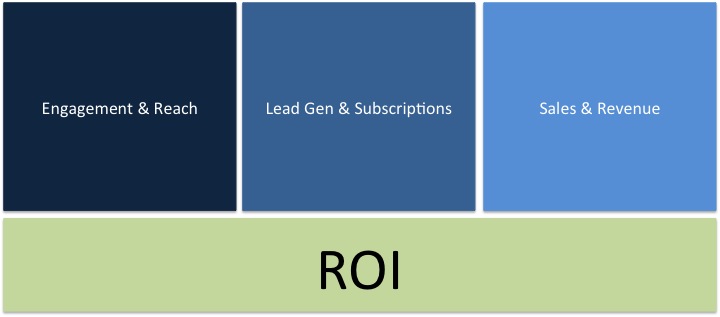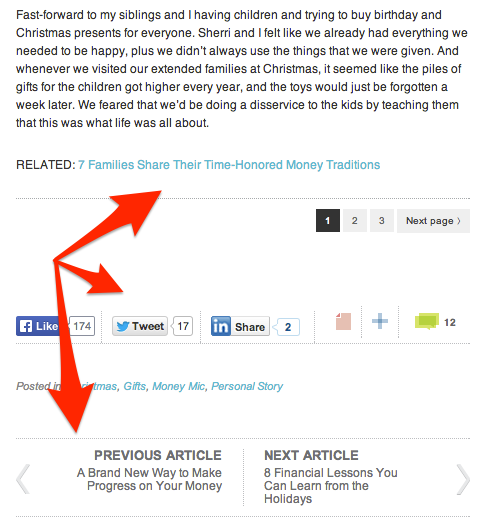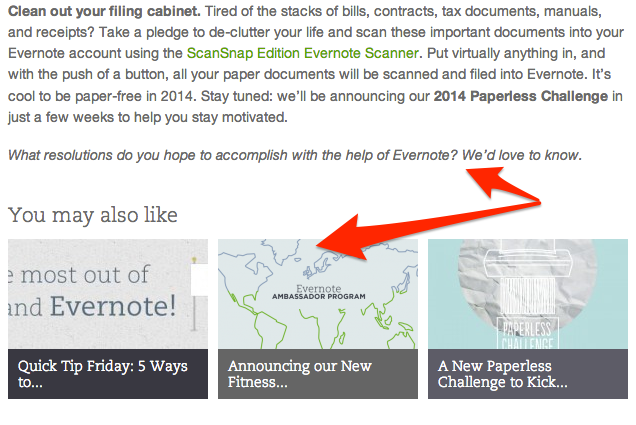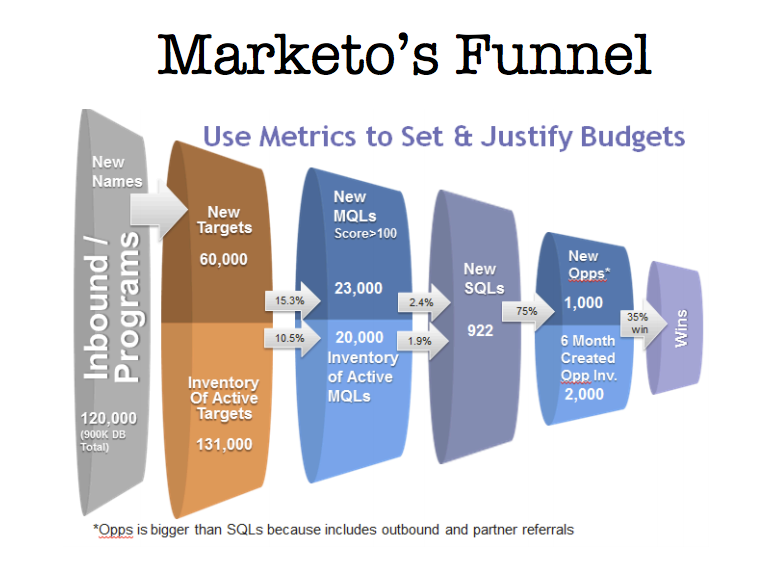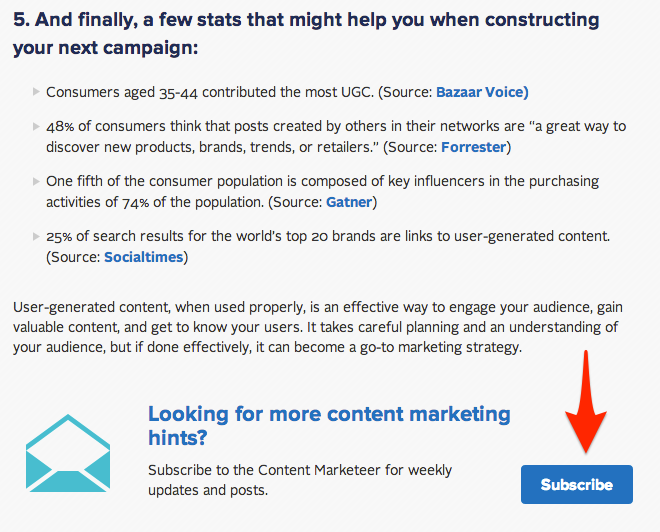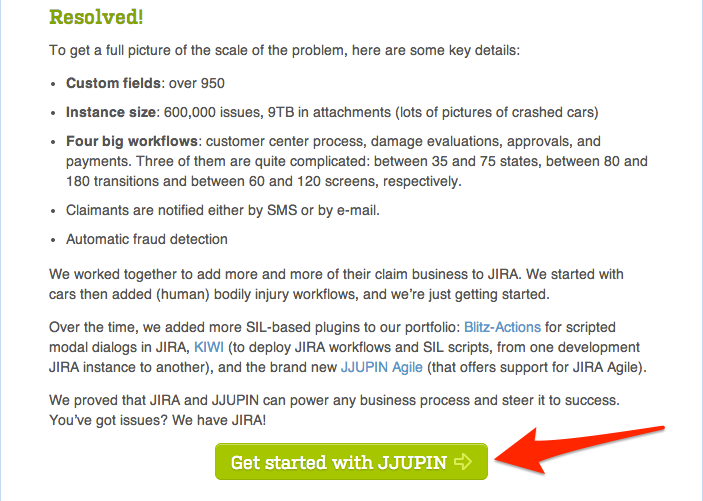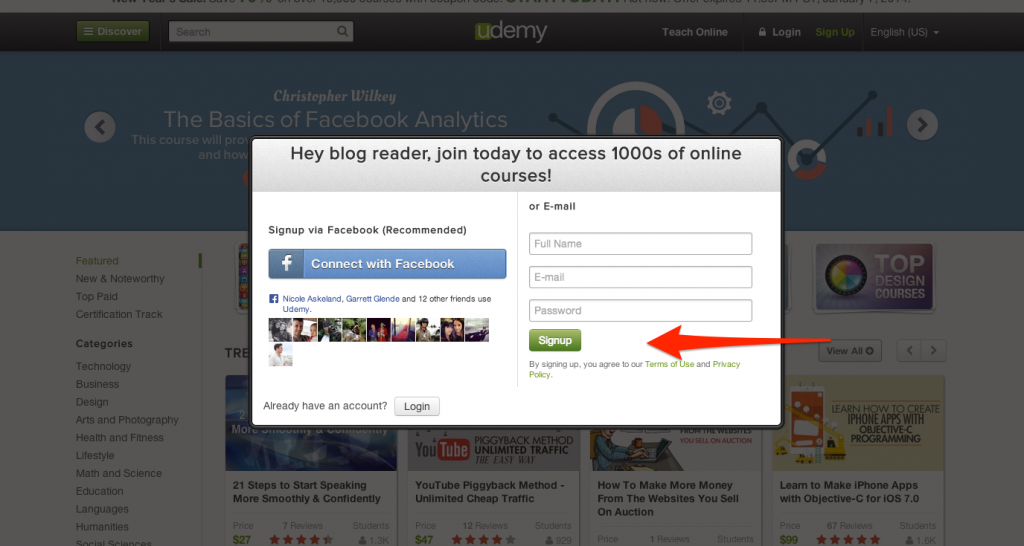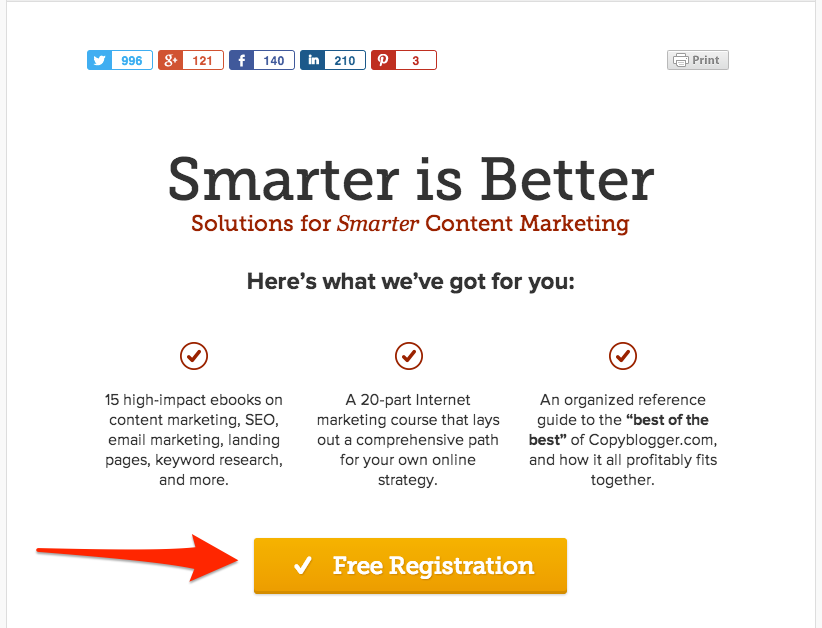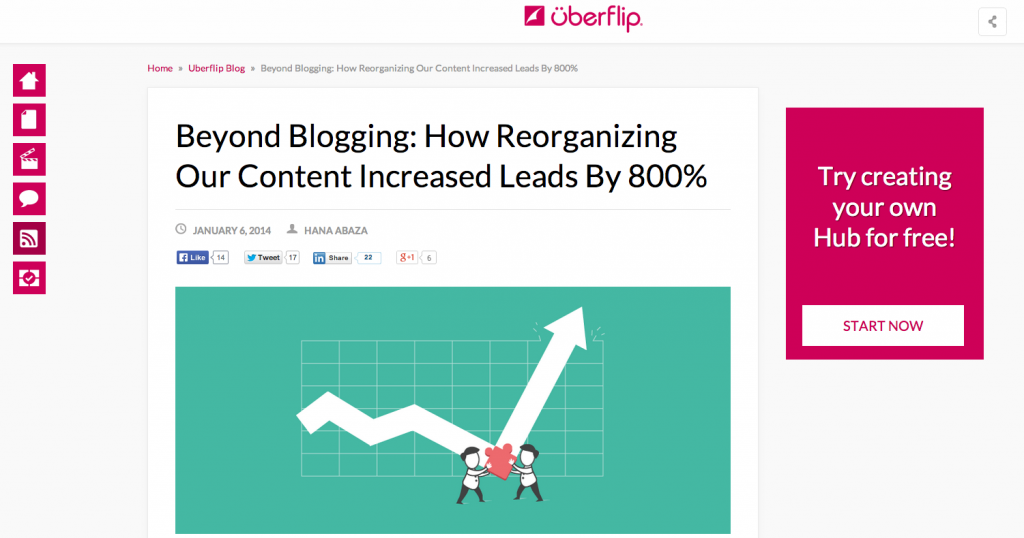- Blog Home
- Jd Peterson
- How To Measure The Roi Of Your Blog Content
How to Measure the ROI of Your Blog Content

ROI from blog content isn't as obvious as a click-to-conversion, but its success can be traced in other ways.
Return on investment measurements show the cost effectiveness of different marketing strategies. The usual equation is simple: revenue earned from the investment minus the cost of the investment, divided by the cost of the investment. However, for many of us in the content marketing space, focusing purely on a revenue to blog content ratio may not always be the best way to measure the effectiveness of your content. Hosting a blog for your business is a great way to provide your customers with educational resources, build brand awareness, and take part in industry conversation, but it can become frustrating when you can't measure its direct success.
Any good sales person knows that it takes repeated contacts to close a sale. A blog is part of that total sales funnel, not a single piece. Measuring revenue impact from a single piece of the sales funnel only considers first/last touch situations - when the blog was the first or last place a prospect visited before making a purchase. Instead of looking at ROI of blog content only as a dollar figure, consider a combination of three measurable categories to track the effectiveness of your blog content.
1. Engagement and Reach
By blogging and creating written content, you're exposing your brand to a wider audience. When starting your blog content efforts, you should first focus on engagement and reach metrics. Build your audience and understand what type of content resonates most with your readers before trying to convert them directly into customers.
To drive engagement, focus on encouraging readers to share your content and comment. Track unique traffic, the number of social shares your blog is getting each month, and how many comments you receive. How many likes and shares are your posts on social media getting? From an ROI basis, you can calculate the cost of writing and publishing that post to how many views and shares it gets. Determine an average cost per view and compare it to other online channel costs. Promoting your content is just as important as creating content. This alone should be an entire role in your marketing team - solely focusing on improving the reach and engagement of your content through partnerships, syndication, social media, etc... Publishing your content through social channels and user-generated content websites like Reddit are great ideas that are free. For paid channels, consider using promotion services such as Outbrain, Disqus, or LinkedIn ads.
Examples of blogs that encourage engagement over subscriptions:
2. Lead Generation & Subscriptions
Blogging doesn't always direct immediate sales, but that doesn't mean it doesn't contribute to the final deal -- which is why one way to measure the ROI is to track lead generation. The most common lead generation techniques are to encourage readers to subscribe to your blog, join your newsletter list, or submit contact info to access gated content. This is a great call-to-action (CTA) once you begin to gain traction after hitting your reach and engagement goals. A blog subscription is a very effective lead generation tool because it offers a soft and organic CTA. It's not intimidating and if you're offering relevant and high quality content, then your audience should be excited to give you their contact information. With a well-run lead gen team and marketing automation tool, many of these prospects will become qualified leads over time for sales to close. The obvious ROI metric here is to focus on the cost to get a prospect (relevant email address). From this cost, you can determine the percentage of prospects that become qualified leads, percentage of qualified leads that become opportunities, and the percentage of opportunities that are won. Eventually, your marketing team will be able to calculate the revenue generated from leads who entered the funnel from blog content. One funnel example may look something like this: 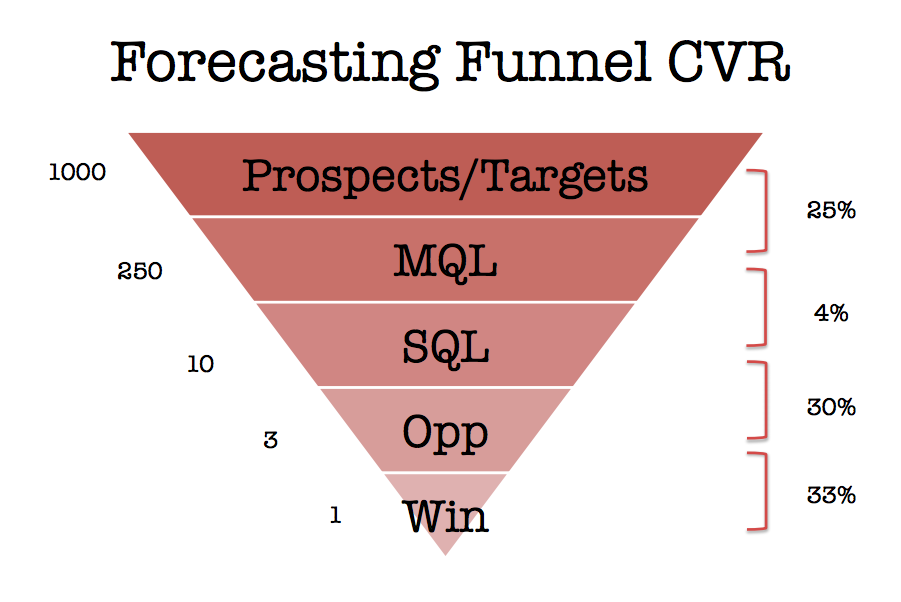
Examples of blogs that capture lead information through newsletter subscriptions or gated content (typically ebooks, white papers, or guides):
Kapost:
Creative Market:
3. Direct Sales & Revenue
The third category of measuring the ROI of your content is a direct sale or registration for a product or service from a blog post. Blog posts are not typically the best place to promote a direct product or service CTA, but in certain situations it can be a great strategy. Placing a CTA to drive blog readers to buy a service or product is not recommended because that reader is not typically very qualified and it may be too early to push for the sale. A blog is often a place to learn and research a general topic or question. Nonetheless, if you have a significant amount of traffic to your blog, consider pushing for the direct sale and measure the conversion rates for ROI.
A few blogs direct readers to create accounts for their service or direct them to their product page:
Atlassian (Product Page CTA):
CopyBlogger (Registration CTA):
It's important to remember that measuring the effectiveness of your blog content can be placed into various categories. It's not as simple as placing an ad and measuring the direct clicks to conversions. In fact, some of your blog content efforts can't be measured. Consider this situation: a potential customer looks at one blog and it's updated once a month vs. another blog that's updated daily - which company's brand promotes a more trustworthy image? You can try to measure this by looking at how many registrations read your blog before making a purchase, but this is dependent on them looking at your blog and making the purchase in the same visit. Having a strong blog presence helps build brand awareness, trust, loyalty, lead generation, and sales. Start by creating content that encourages an engaged audience and move into driving that audience to subscribe before selling them your products or services.
How do you measure your blog content's success? Share your stories with us in the comments section below.
SIGN UP WITH SCRIPTED AND CREATE ORIGINAL CONTENT TODAY
Published by JD Peterson on Monday, January 22, 2024 in Blog Analytics, Measure, Measuring, Roi, Sales.
